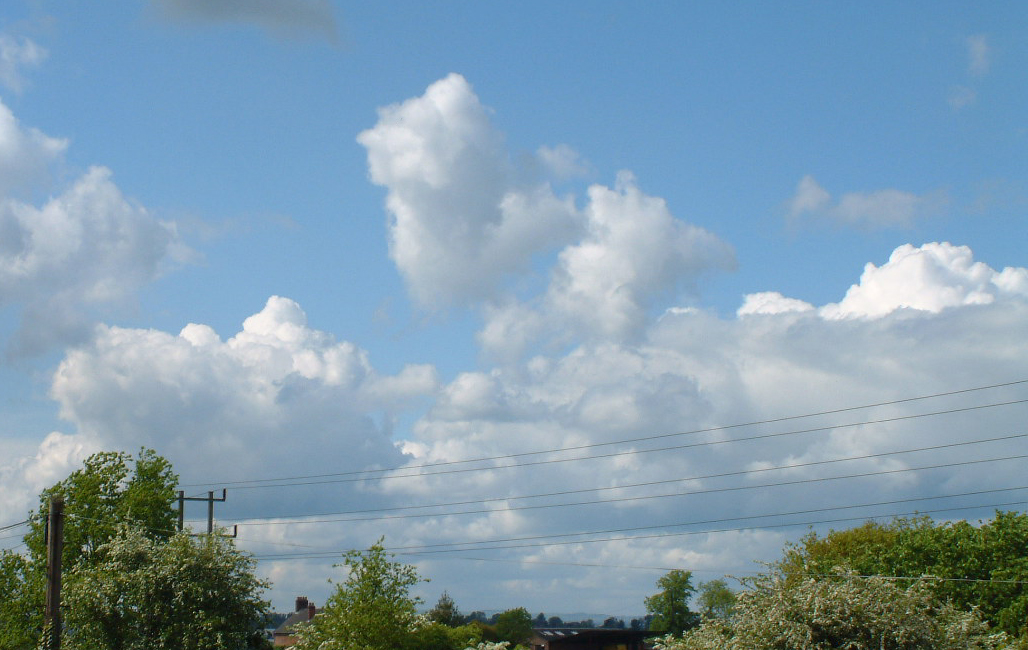Literacy, numeracy and science through the topic of weather
More and more pupils want to escape the confines of the classroom and take lessons outside. With this in mind this topic of weather, offers some ideas for imaginative and inspirational literacy, numeracy and science lessons.
Weather and climate
It is important that pupils understand what weather is and appreciate that there is a difference between weather and climate. Weather can be described as what is happening now – whether it is hot or cold, raining or dry, sunny or clouded over. It describes what is happening within the atmosphere. On the other hand, the word climate describes the average weather you might expect in any one place and is based on measurements taken over many years.
The world can be divided into many different climate zones found within three main bands of latitude around the Earth. These are tropical, Polar and Temperate. Tropical climates are usually very hot, wet and humid. Polar climates are extremely cold, but often quite dry. Temperate climates lie between the Tropics and the Polar regions and tend to be less extreme than the other two types of climate.
